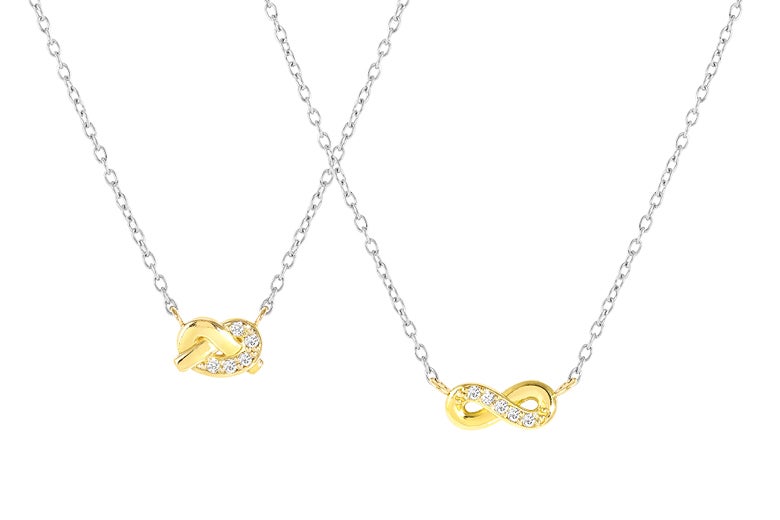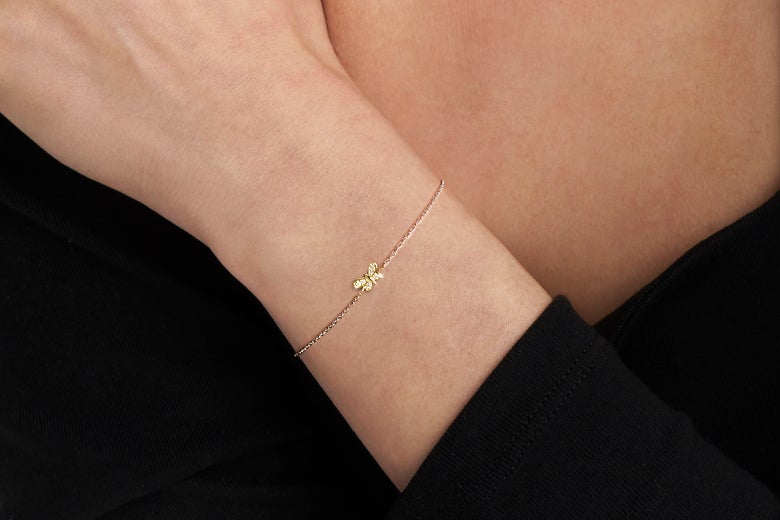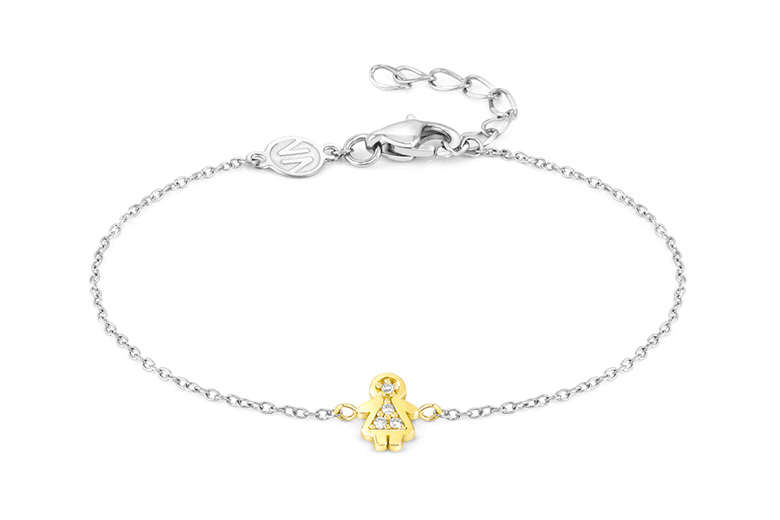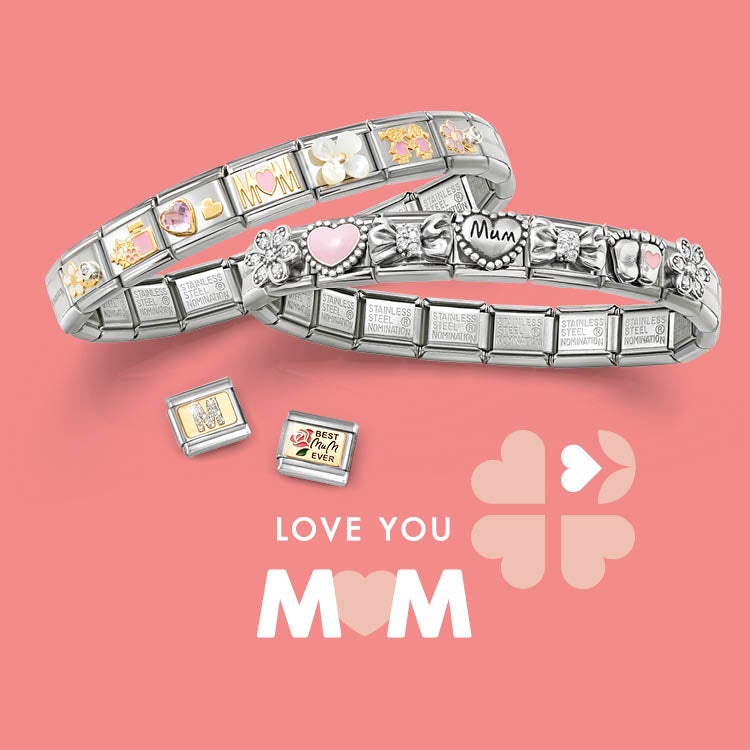Cultivated Diamonds: Radiant, Engineered, and Ethical
- Nov 17, 2023

Diamonds are among the most captivating and mesmerizing gemstones on our planet. They originate deep within the Earth's mantle, taking anywhere from 1 to 3 million years to form, provided the right balance of pressure and temperature is achieved. If not, they transform into graphite. Fascinating, right?
However, the allure of diamonds is tainted by their ethical implications. Their extraction often comes at a significant environmental and human toll. The infamous case of blood diamonds, mined under duress in war-torn areas and sold covertly to fund rebellions and conflicts, is a stark testament to this.
Synthetic Diamonds: A Blend of Beauty and Conscience
Considering the environmental footprint of mining these precious stones (for instance, a mined diamond requires over 476 liters of water per carat), the scientific community has pioneered a sustainable and “green” alternative: Lab grown diamonds.
These are engineered gemstones grown in labs, offering an eco-conscious choice. Lab grown diamonds are crafted using innovative techniques, eliminating the need for mining, and yet retaining the same physical, chemical, and visual attributes as their natural counterparts. In a nutshell, we’re talking about ecological diamonds.

The Genesis of Lab Grown Diamonds
Lab grown diamonds are nurtured in state-of-the-art lab settings. They employ cutting-edge processes that replicate the conditions diamonds experience deep within the Earth. These diamonds consist of authentic carbon atoms, structured in the signature diamond crystal lattice. Originating from tiny carbon "seeds" derived from existing diamonds, scientists utilize sophisticated methods, such as high pressure and temperature or the Chemical Vapor Deposition (CVD) technique, to emulate natural diamond genesis. Remarkably, a rough diamond emerges in just six to ten weeks, not eons!
Post this, the diamond undergoes refining, getting shaped, buffed, and eventually integrated into exquisite jewelry pieces, like the ones showcased in the latest Nomination MYTREASURE collection, accentuated with gold and Lab Grown Diamonds.

Lab Grown Diamonds vs. Natural Diamonds: Spotting the Difference
What's astounding is the indistinguishability of lab grown diamonds from their natural counterparts to the untrained eye. Only experts, upon close inspection of growth-induced markers, can discern the difference, ensuring that a synthetic diamond remains chemically, physically, and visually congruent to mined ones, without any sacrifice in its allure.

Frequently asked questions about lab-grown diamonds
-
How long does it take to create lab-grown diamonds?
Lab-grown diamonds take 6 to 10 weeks to form, depending on the production method:
-
Do lab-grown diamonds pass a diamond tester?
Yes, lab-grown diamonds pass a diamond tester because they are chemically and physically identical to natural diamonds. However, specialized tools, like fluorescence detectors or advanced spectrometers, can distinguish between natural and lab-grown diamonds.
-
How much does a 3-carat lab-grown diamond cost?
The cost of a 3-carat lab-grown diamond depends on its quality (color, clarity, cut). On average prices range from $8,000 to $20,000. This is typically 50%-70% less expensive than a natural diamond of the same quality.
-
What are lab-grown diamonds?
Lab-grown diamonds are real diamonds created in a laboratory by replicating the high pressure and high temperature conditions found in nature. They are chemically, optically, and structurally identical to mined diamonds but are produced in a controlled environment rather than being extracted from the earth.







